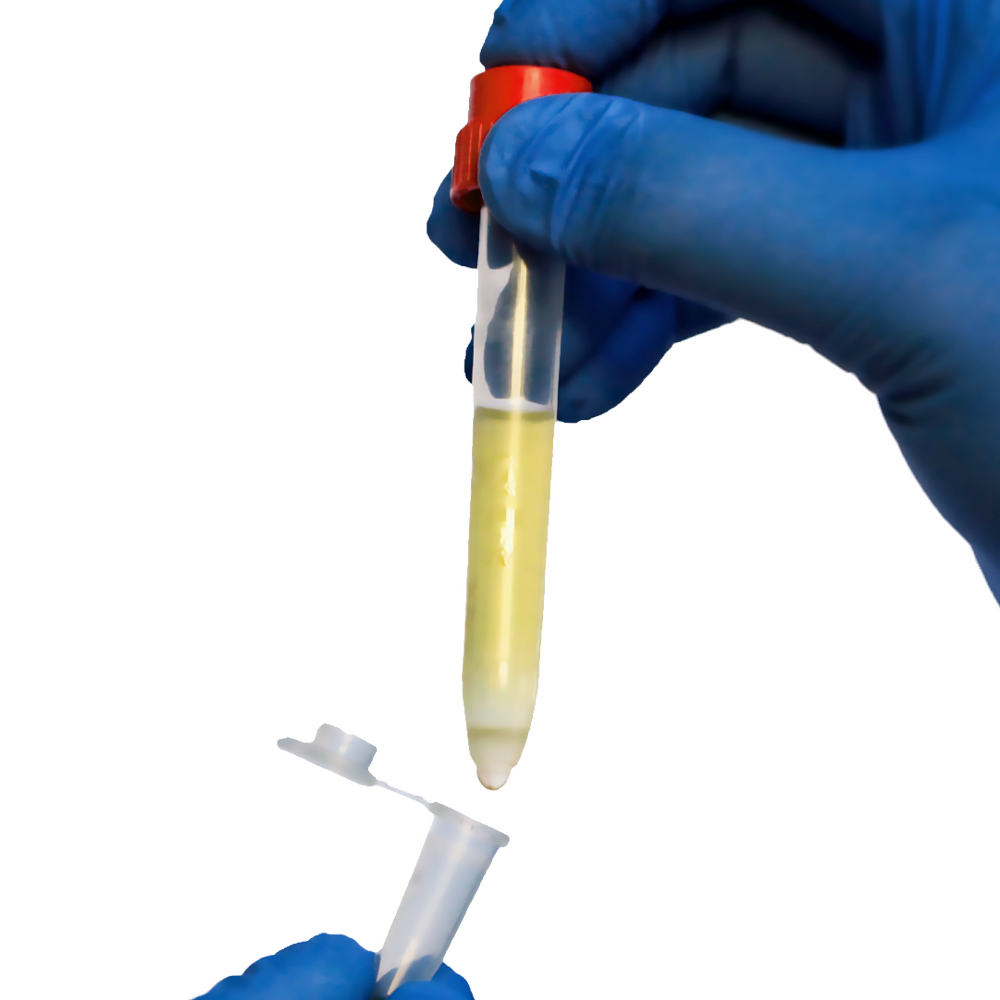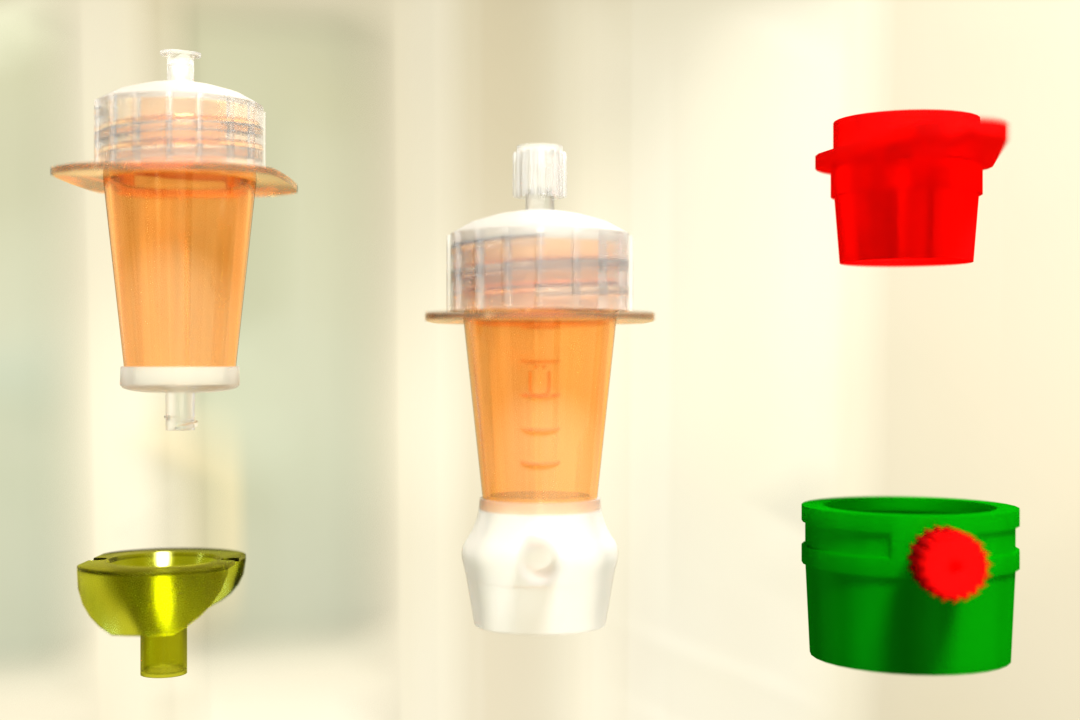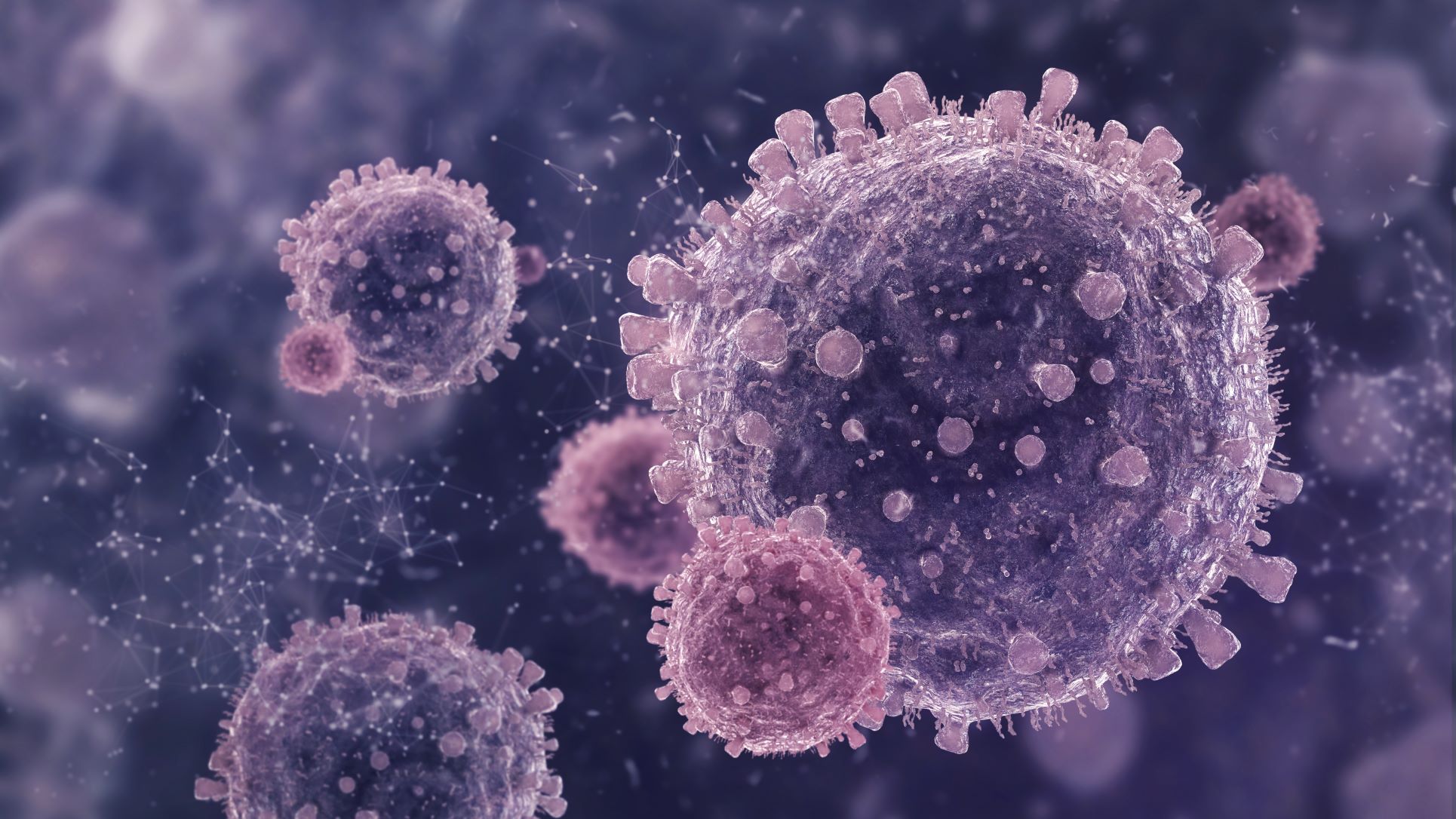Efficient sample preparation is a cornerstone of modern laboratory research. For labs handling large sample volumes, whether in environmental monitoring, water analysis, agricultural testing, or microplastic research, the filtration step can often be a bottleneck. Traditional filtration methods and standard lab cell strainers are typically designed for small to medium volumes and may struggle to handle larger samples efficiently. They often require multiple transfers, extended processing times, and meticulous handling to prevent sample loss or contamination.
The pluriStrainer Maxi provides a practical solution for labs facing these challenges. As a bottle-top sieving device designed for volumes exceeding 100 mL and up to more than 10 liters, it streamlines the filtration process without compromising precision. Available in 13 mesh sizes ranging from 5 μm to 2,000 μm, the pluriStrainer Maxi accommodates a wide variety of applications while offering flexibility that standard lab cell strainers cannot.
This article explores how the pluriStrainer Maxi enhances large-volume filtration workflows, reduces handling complexity, and improves overall efficiency. We’ll examine its design features, practical advantages, integration into lab workflows, and its applications across diverse research areas. By the end, readers will understand why the pluriStrainer Maxi is a valuable tool for labs that aim to save time, reduce variability, and maintain high sample quality.
The Challenges of Large-Volume Filtration in Laboratories
Processing large-volume samples in laboratories presents a unique set of challenges that can hinder both efficiency and accuracy. Standard lab cell strainers, while effective for smaller volumes, often struggle when handling samples that exceed several liters. In many cases, researchers are forced to perform multiple transfers between containers to accommodate the capacity limitations of conventional strainers. Each additional step increases the likelihood of spillage, sample loss, or accidental contamination. Even minor losses can be critical when working with precious environmental, agricultural, or clinical samples, where consistency and integrity are paramount.
Another significant issue arises when working with viscous liquids or samples containing high particulate loads. Traditional mesh strainers are prone to clogging under these conditions, requiring frequent pauses for cleaning or replacement. This not only interrupts the workflow but also introduces variability between samples, potentially compromising reproducibility. For studies that rely on precise measurements, such as microplastic quantification or water quality monitoring, inconsistent filtration results can significantly affect data reliability and experimental outcomes.
Large-volume filtration also presents practical challenges for laboratory personnel. Handling heavy containers, repeatedly pouring samples, and aligning strainers correctly demands time, dexterity, and attention to detail. Fatigue and human error become real risks in such repetitive tasks, further increasing the potential for contamination or mistakes.
For laboratories conducting routine environmental analysis, water testing, agricultural research, or other high-volume applications, these inefficiencies accumulate over time, leading to slower throughput and increased operational costs. Without a dedicated solution designed for large volumes, even well-established protocols can become cumbersome, labor-intensive, and error-prone. Optimizing this step is critical to maintaining both productivity and the integrity of experimental results.
Introducing the pluriStrainer Maxi
The pluriStrainer Maxi was developed to overcome the limitations of traditional large-volume filtration methods in laboratories. Conventional strainers often require repeated handling, multiple transfers, and frequent cleaning, which can slow workflows and increase the risk of sample loss or contamination. In contrast, the pluriStrainer Maxi is designed to process substantial sample volumes—from hundreds of milliliters up to more than 10 liters—in a single, continuous filtration step, significantly reducing hands-on time and streamlining laboratory operations.
A key advantage is its stackable design, which allows samples to pass sequentially through multiple mesh sizes without the need for transfer between devices. This cascade straining approach ensures thorough removal of both coarse and fine debris while maintaining consistent particle separation.
The pluriStrainer Maxi offers thirteen mesh size options ranging from 5 μm to 2,000 μm, providing flexibility for diverse applications, from environmental water analysis to agricultural sample processing. Its built-in low-pressure ports allow optional pressure-assisted filtration, speeding up the process and enabling self-refilling of samples.
Compatibility is another strength: it works with all GL45 laboratory bottles and, through screw adapters, supports GL32 and GL80 types. Additionally, funnel integration allows for easy handling of large sample volumes, minimizing spills and reducing manual intervention. Together, these features make the pluriStrainer Maxi a versatile, efficient, and reliable solution for laboratories handling large and complex samples.
How pluriStrainer Maxi Improves Workflow Efficiency
The pluriStrainer Maxi offers a transformative improvement in workflow efficiency for laboratories handling large-volume samples. Traditional filtration methods often require multiple steps, including repeated transfers between containers, manual alignment of strainers, and intermittent cleaning when mesh clogs occur. These steps not only slow down the process but also increase the risk of spillage, sample loss, and contamination. By contrast, the pluriStrainer Maxi is specifically engineered to handle volumes from hundreds of milliliters up to over 10 liters in a single filtration run, significantly reducing hands-on time.
Its stackable design further enhances efficiency by supporting cascade straining. Samples can be filtered sequentially through coarser to finer meshes without the need to transfer between devices. This ensures effective debris removal, prevents clogging, and maintains consistent particle size separation. The integrated low-pressure ports allow optional pressure-assisted filtration, which further accelerates the process while maintaining gentle handling of samples.
For laboratories conducting environmental monitoring, water quality analysis, or agricultural sample processing, the pluriStrainer Maxi streamlines routine workflows. Researchers can achieve high-throughput filtration with minimal manual intervention, improved reproducibility, and reliable results. By combining large-volume capacity, modular design, and optimized filtration speed, the pluriStrainer Maxi stands out as a key tool for efficient and consistent laboratory operations.
Maintaining Sample Integrity with Large Volumes
Handling large-volume samples carries inherent risks of contamination and degradation. Every transfer, pipetting step, or mesh cleaning event introduces opportunities for error. The pluriStrainer Maxi’s bottle-top design minimizes these risks by keeping the sample contained throughout the filtration process.
The airtight connection to compatible lab bottles prevents exposure to external contaminants, while the low-pressure system option allows gentle filtration of viscous samples without damaging delicate cells or particles. This makes it particularly useful for applications in microplastic analysis or studies involving sensitive agricultural or biological samples.
Applications Across Research Fields
The versatility of the pluriStrainer Maxi extends its utility across multiple disciplines:
– Environmental Analysis: Efficiently remove sediments, organic debris, and particulates from river, lake, or seawater samples.
– Water Quality Testing: Handle large municipal or industrial water samples with minimal preparation.
– Agricultural Sciences: Filter plant extracts, soil suspensions, and other agricultural samples without losing particulate information.
– Microplastic Research: Separate microplastics from large water samples accurately using sequential mesh filtration.
By accommodating a wide range of sample types, the pluriStrainer Maxi supports both routine and specialized research workflows, providing labs with a single, adaptable tool.
Reducing Operational Costs and Waste
Beyond time savings, the pluriStrainer Maxi contributes to cost efficiency. Its durable, reusable housing reduces reliance on multiple single-use strainers, while the stackable design allows sequential filtration without needing additional devices. Low-pressure-assisted filtration decreases the workload on technicians, enabling more samples to be processed with fewer resources.
The ability to combine the device with standard lab bottles and funnels also reduces the need for specialized containers, further minimizing lab expenses and plastic waste. These cost-saving measures make the pluriStrainer Maxi a practical investment for laboratories seeking both efficiency and sustainability.
Integrating pluriStrainer Maxi into Existing Workflows
The pluriStrainer Maxi is designed to fit seamlessly into existing laboratory setups. Its compatibility with widely used GL45, GL32, and GL80 bottles allows labs to maintain their current inventory while upgrading filtration capabilities. Integration with low-pressure systems is straightforward, and the modular stackable design supports both single-step and cascade filtration strategies.
Labs can also pair the pluriStrainer Maxi with other Lab Cell Strainers for smaller-volume tasks, ensuring comprehensive coverage from microliter to multi-liter samples. This flexibility allows researchers to standardize sample preparation across different volumes, improving reproducibility and efficiency across all experiments.
Tips for Maximizing pluriStrainer Maxi Efficiency
To get the best performance from the pluriStrainer Maxi, a few practical steps can help streamline large-volume filtration and ensure consistent results.
Select the appropriate mesh size: Begin with a coarser mesh to remove larger debris, then move to finer meshes for smaller particles. This stepwise approach prevents clogging and ensures a thorough separation of particulates, which is especially important for complex samples such as environmental water or agricultural extracts.
Use low-pressure assistance for viscous samples: Many samples, including those with high particulate content or increased viscosity, can slow down gravity filtration. Connecting the pluriStrainer Maxi to a low-pressure system gently accelerates filtration without compromising sample integrity, allowing for faster processing while maintaining reproducibility.
Stack meshes for cascade straining: The stackable design allows sequential filtration through multiple mesh sizes in a single setup. This method efficiently separates particles of varying sizes and reduces the need for repeated handling, lowering the risk of contamination or spillage.
Pre-rinse the strainer: Before use, rinse the strainer with a suitable buffer or solvent to remove any residual manufacturing debris. This step helps maintain sample purity and prevents interference with downstream analyses.
Combine with a funnel for large batches: When filtering very large volumes, a funnel can be attached to the strainer to simplify pouring and reduce manual handling. This minimizes spills, saves time, and allows continuous filtration for high-throughput workflows.
Following these guidelines ensures optimal pluriStrainer Maxi performance, improved reproducibility, and efficient processing of large-volume samples across diverse laboratory applications.
Conclusion
Large-volume filtration no longer has to be slow, cumbersome, or prone to error. Traditional methods often involve repeated transfers, manual cleaning, or centrifugation, all of which can compromise sample integrity and extend processing time. The pluriStrainer Maxi addresses these challenges directly, providing a practical, efficient, and reliable solution for laboratories working with sample volumes ranging from hundreds of milliliters to over ten liters. Its broad selection of 13 mesh sizes allows precise separation of debris and particles, from coarse solids to fine particulates, ensuring that samples are consistently prepared for downstream analysis.
The stackable design further enhances versatility, enabling cascade straining in a single setup without transferring material between devices. Funnel compatibility simplifies handling of large batches, reducing spills and manual intervention, while low-pressure connection ports accelerate filtration for viscous or particulate-rich samples. These features collectively streamline workflows, saving both time and labor while maintaining reproducibility and sample quality.
When integrated into laboratory operations alongside other Lab Cell Strainers for smaller-volume tasks, the pluriStrainer Maxi provides a comprehensive filtration solution. Environmental analysis, water quality monitoring, agricultural research, and microplastic studies can all benefit from faster, more reliable sample preparation. Laboratories seeking to enhance efficiency, reduce handling errors, and improve the consistency of results will find the pluriStrainer Maxi to be an indispensable tool. By combining practical design with operational flexibility, it helps modern labs achieve higher throughput and better outcomes, making it a valuable investment for any research or analytical setting.
 English
English French
French
 German
German
 Spanish
Spanish
 Belgium
Belgium
 Italian
Italian Brazil
Brazil Chinese Mandarin
Chinese Mandarin




